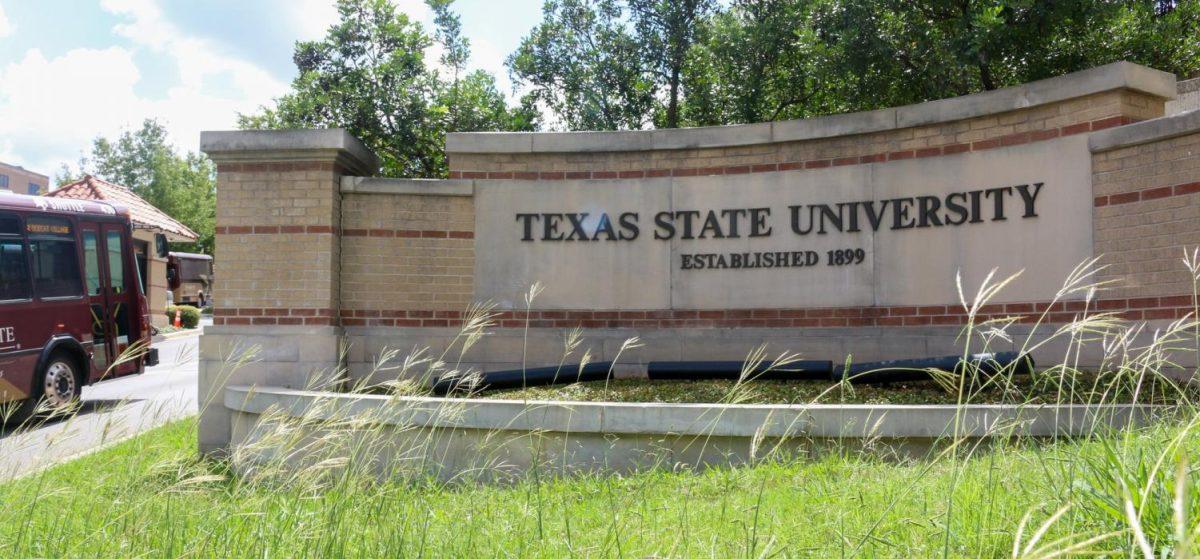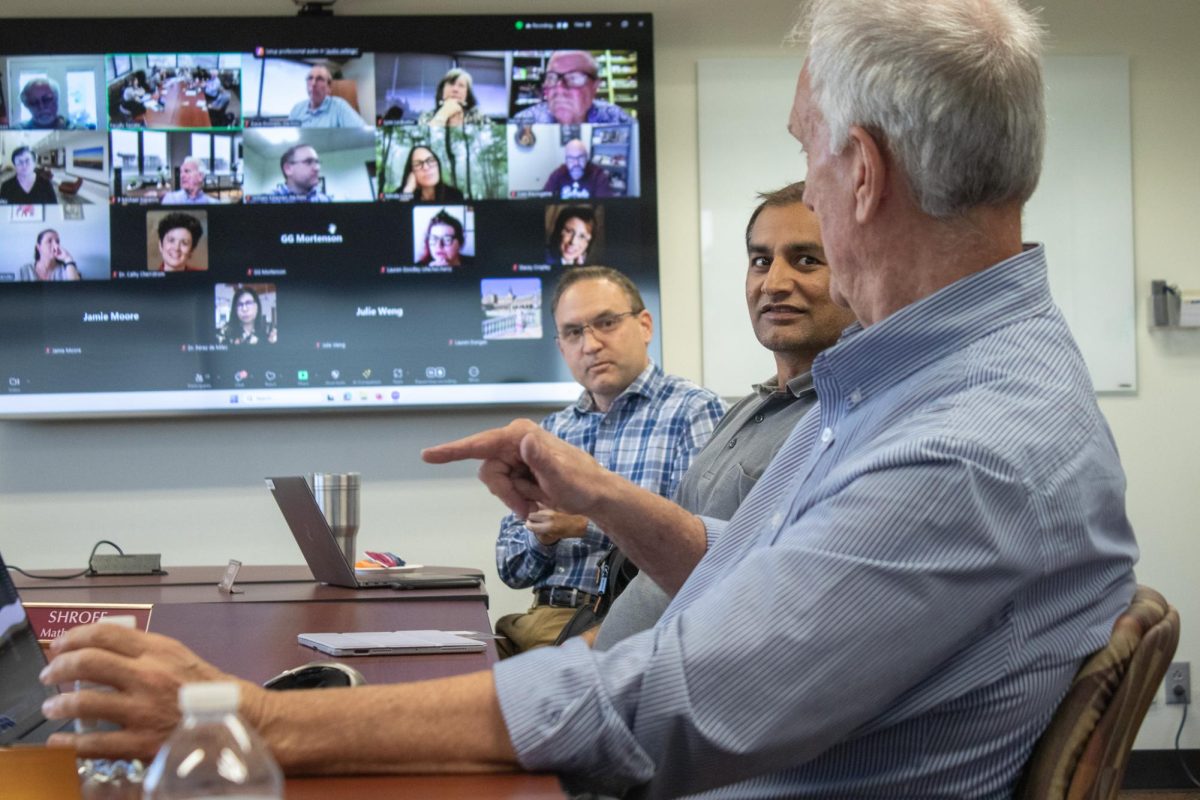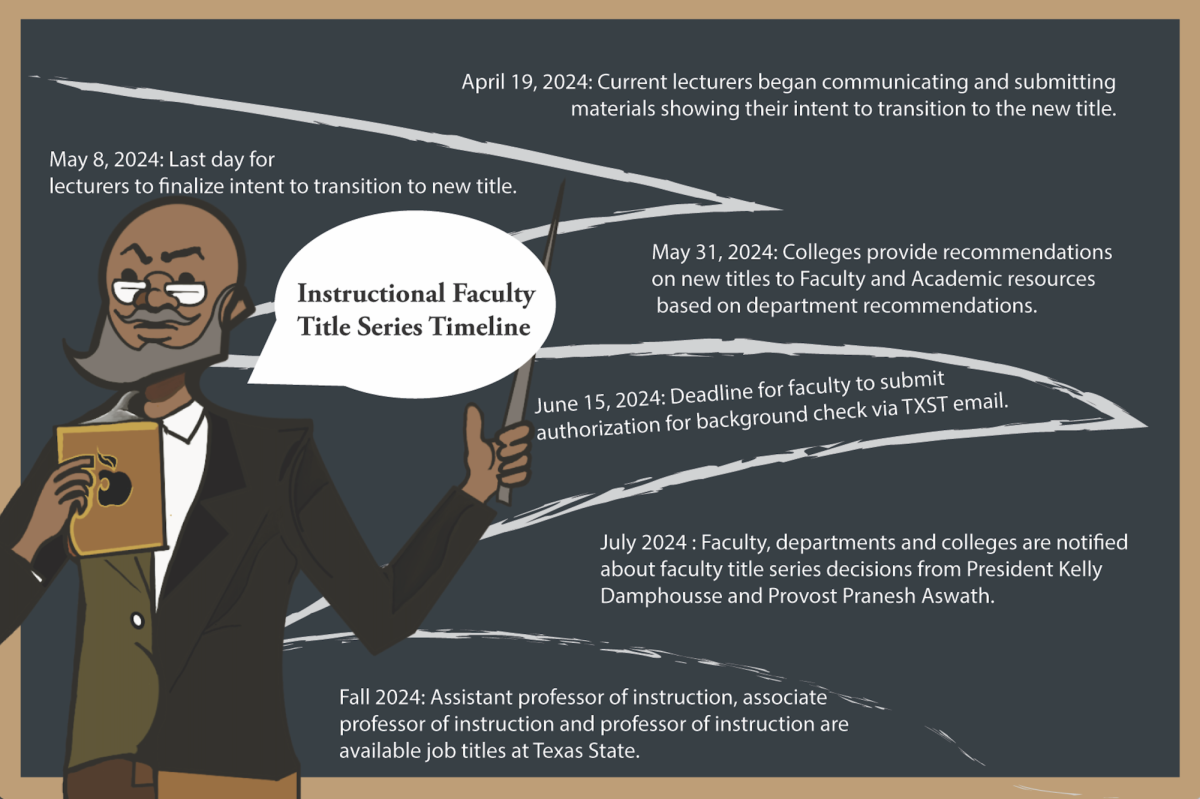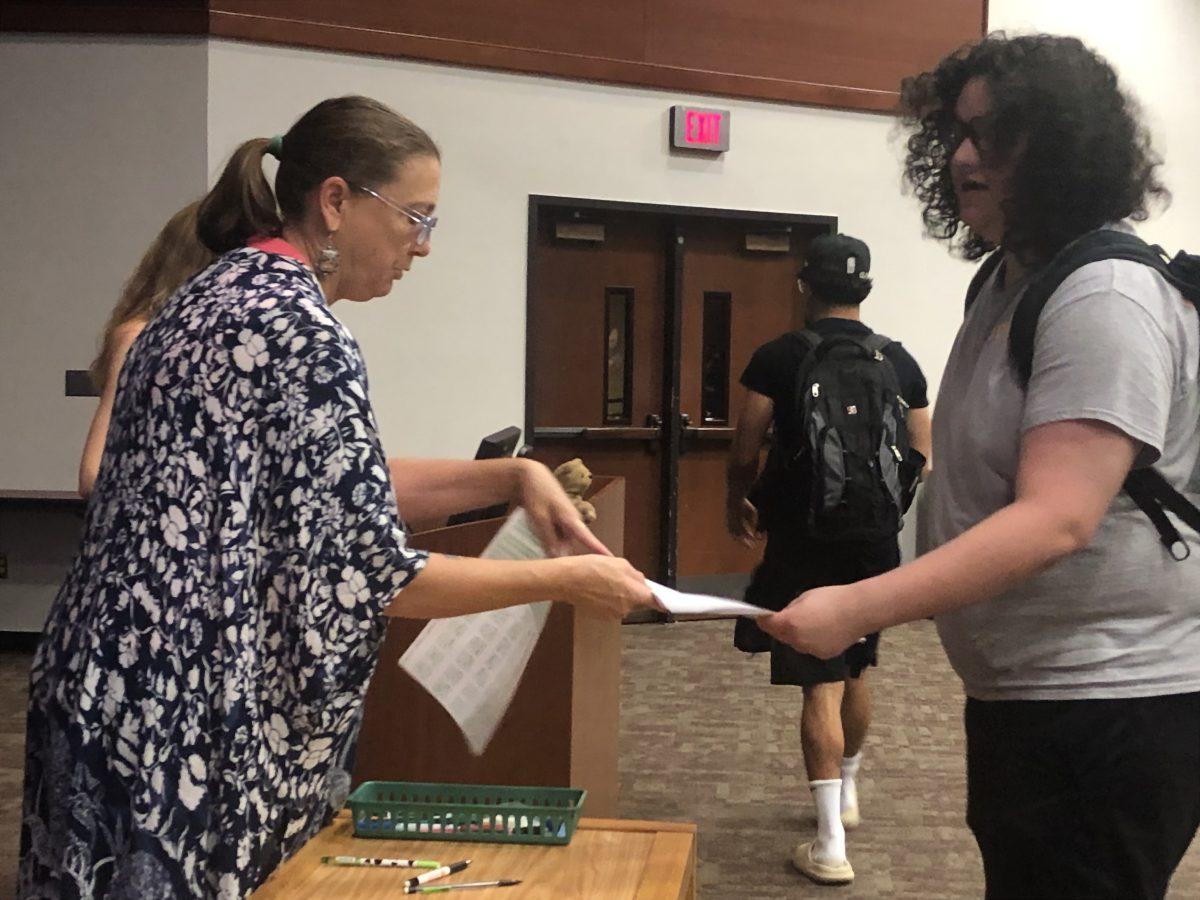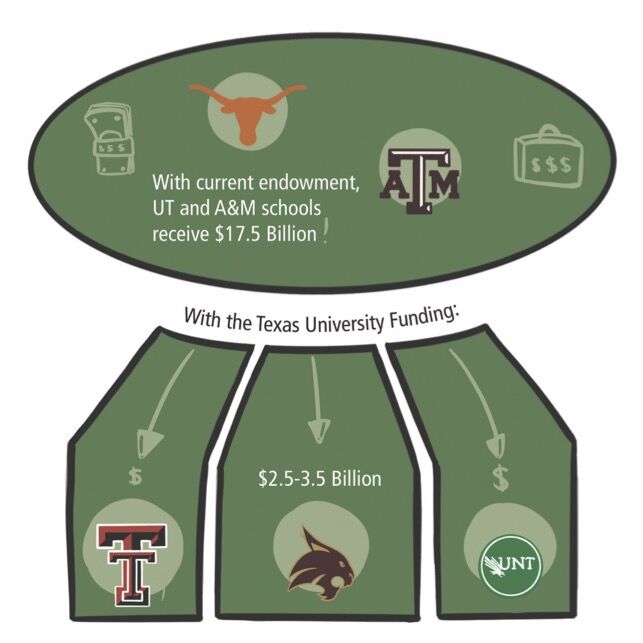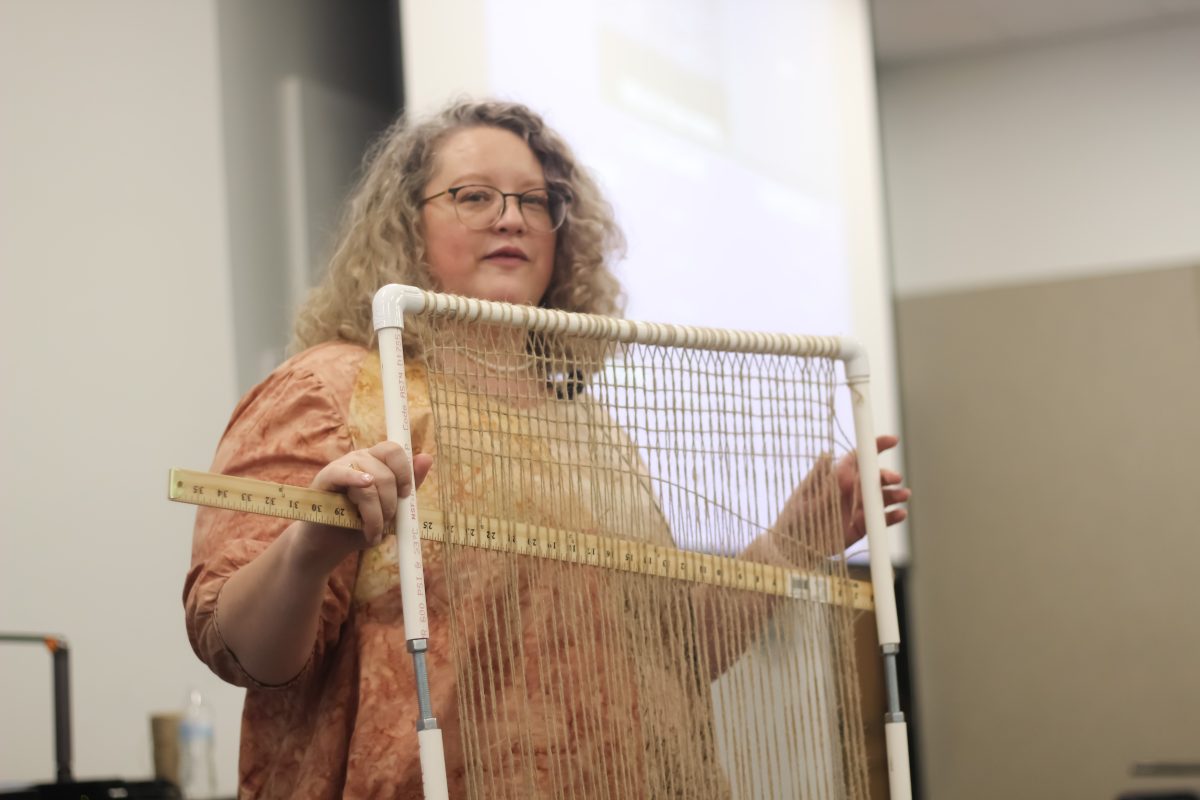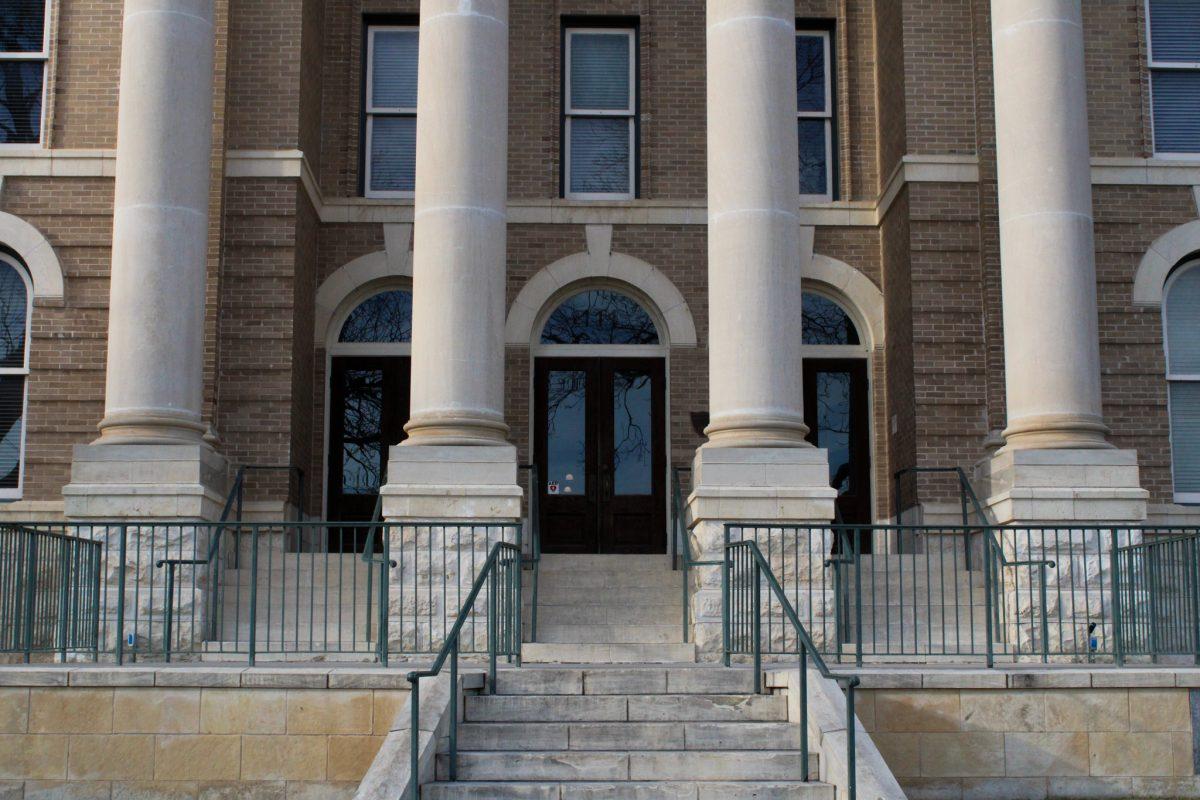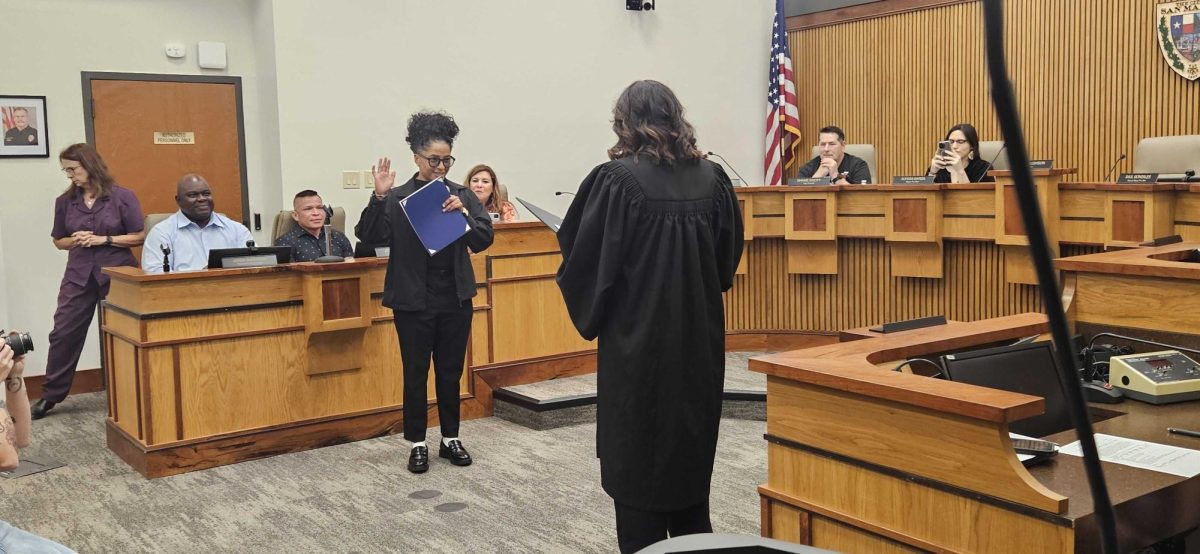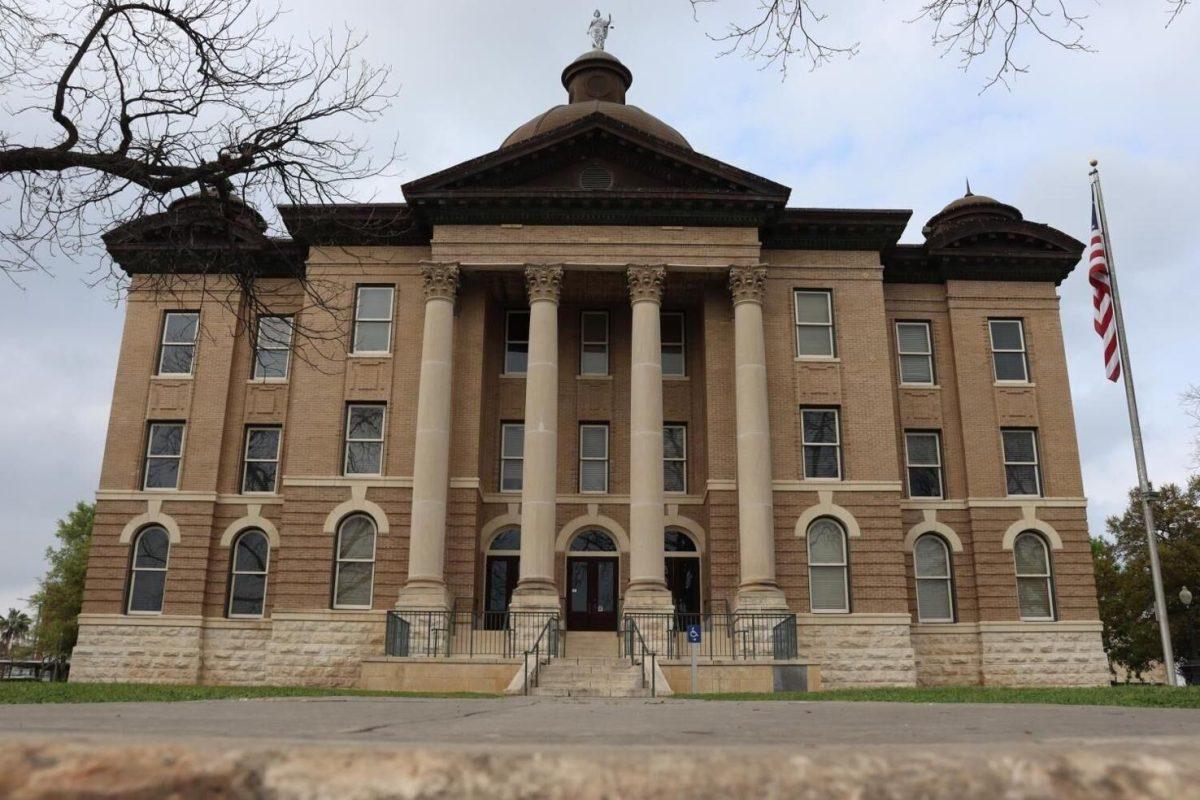After the university’s decision to implement the return of face-to-face classeswhile simultaneously encouraging faculty to utilize remote instruction, Faculty Senate members expressed feelings of uneasiness over the university’s attendance policy at their Feb. 10 meeting.
Faculty Senate Chair Janet Bezner, a professor in the Department of Physical Therapy, believes the inconsistent signals have spurred a multitude of questions among faculty.
“There’s a lot of questions and a lot of concerns,” Bezner says.
Faculty Senate member Jennifer Jensen, an associate professor in the Department of Geography, speculates the inconsistencies between the feedback faculty have received from the provost and the reality of teaching in-person have led to confusion.
“When the provost says that students want to be there, we can see that that’s not necessarily true,” Jensen says. “And we are still told to provide flexible attendance options in terms of being online versus being in the classroom.”
Despite attempts to incentivize students to make an appearance to in-person classes, some Faculty Senate members have found the majority of their students have opted to complete their coursework remotely and remain online.
“I have a colleague that teaches a 400 seat class. And she only has a handful of students that show up in person,” Jensen says. “She really, really, really encouraged them to come back to be with her in the classroom and they did not. They just haven’t shown up.”
Faculty Senate member Rachel Davenport, a senior lecturer in the Department of Biology, has seen a similar situation play out for herself.
Davenport’s main issue with the situation, however, is the strain faculty members have experienced as a result of the current attendance policies. She says the hybrid structure of courses may have proven to be largely unnecessary due to the majority of students deciding to remain online.
“I worry because it is just so hard to teach online and in-person at the same time,” Davenport says.
This situation has caused faculty members to long for a model more accommodating to both students and faculty.
“In a class of 64 students you could have only a handful of them in class every day,” Bezner says. “If there are 10 students that want an in-person class and 10 that want it online, why don’t we have one section for each of them.”
Faculty Senate member Michael Supancic, an assistant professor in the School of Justice and Criminology, agrees there is a misalignment between the messages faculty members have received from Texas State higher-ups and students.
“From the students’ perspective, you can see that they were very upset that faculty members were engaging in quote-unquote ‘forced attendance policies’ particularly in the environment that we find ourselves in,” Supancic says.
Supancic believes the simultaneous push for both in-person attendance and remote learning has left many faculty members feeling unsure of the best way to proceed with their course structures for current and upcoming semesters.
“This puts us between a rock and a hard place,” Supancic says. “The provost has sent out messages that fall of 2021 should be actually like fall of 2019, but I just think it isn’t going to happen. I think It’s a risky proposition to have the expectation that you can have a very protected student population coming to face-to-face classes by fall 2021.”
Categories:
Faculty Senate voices concerns over attendance policy
Kiana Burks, News Contributor
February 11, 2021
0
Donate to The University Star
Your donation will support the student journalists of Texas State University. Your contribution will allow us to purchase equipment and cover our annual website hosting costs.
More to Discover



